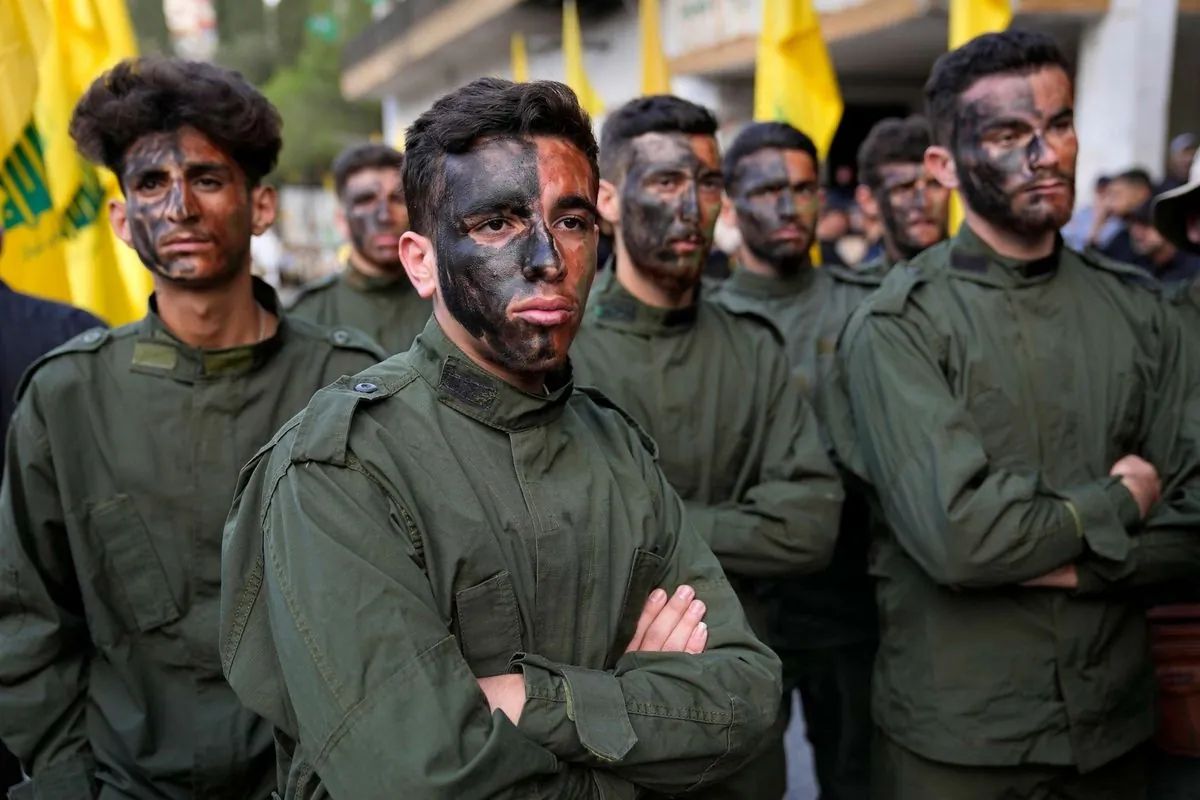Iran's Axis of Resistance: A Complex Web of Allies and Risks
Iran leads a coalition opposing US and Israeli influence in the Middle East. This alliance, known as the "axis of resistance," includes various groups with their own agendas, posing challenges for regional stability.

Iran's "axis of resistance" has become a focal point of regional tensions, with recent Israeli strikes targeting key figures within this alliance. This coalition, led by Tehran, comprises various groups opposing US and Israeli influence in the Middle East.
The axis traces its roots to the 1950s, originally formed by Arab nationalist regimes. However, since the 1979 Islamic Revolution, Iran has taken the helm, supporting groups like Hezbollah and various Shiite militias across the region.
Iran's leadership of this alliance is driven by both ideological and strategic imperatives. The country's revolutionary regime harbors deep-seated grievances against the United States, dating back to the 1953 US-backed coup that brought the Shah to power. This historical context, coupled with ongoing economic sanctions and support for Israel, has fueled Iran's resistance stance.

"The axis of resistance is a bulwark against Western imperialism and Zionist aggression in our region."
Hezbollah, often considered the elder statesman of the axis, plays a crucial role in Lebanon. Founded in 1985, it has become deeply embedded in Lebanese politics and society. The group maintains an armed wing more powerful than the Lebanese military, complicating the country's internal dynamics and its relations with Israel.
The Houthi movement in Yemen represents another facet of the axis. Their recent attacks on shipping in the Red Sea have drawn international attention, though their actions may not always align with Iran's strategic interests.
In Iraq, Iranian-backed militias like Kataib Hezbollah pose significant challenges. These groups, deeply rooted in Iraqi society and politics, have targeted US forces in the region, as evidenced by the recent attack on Tower 22 in Jordan.
Hamas, while part of the axis, has demonstrated the risks of allies acting independently. The October 7, 2023 attack on Israel and the subsequent conflict in Gaza have had far-reaching consequences for the region.
The strategic implications of the axis for the United States are complex. While Iran's position may seem precarious, the potential for escalation, particularly along the Lebanese-Israeli border, remains a significant concern.
As tensions continue to simmer, diplomatic efforts are crucial. The Biden administration faces the challenge of urging restraint on all sides while navigating the complex web of alliances and historical grievances that define the region.
The situation underscores the delicate balance of power in the Middle East and the potential for localized conflicts to spiral into wider regional confrontations. As the axis of resistance evolves, so too must the strategies to maintain stability and prevent further escalation.


































